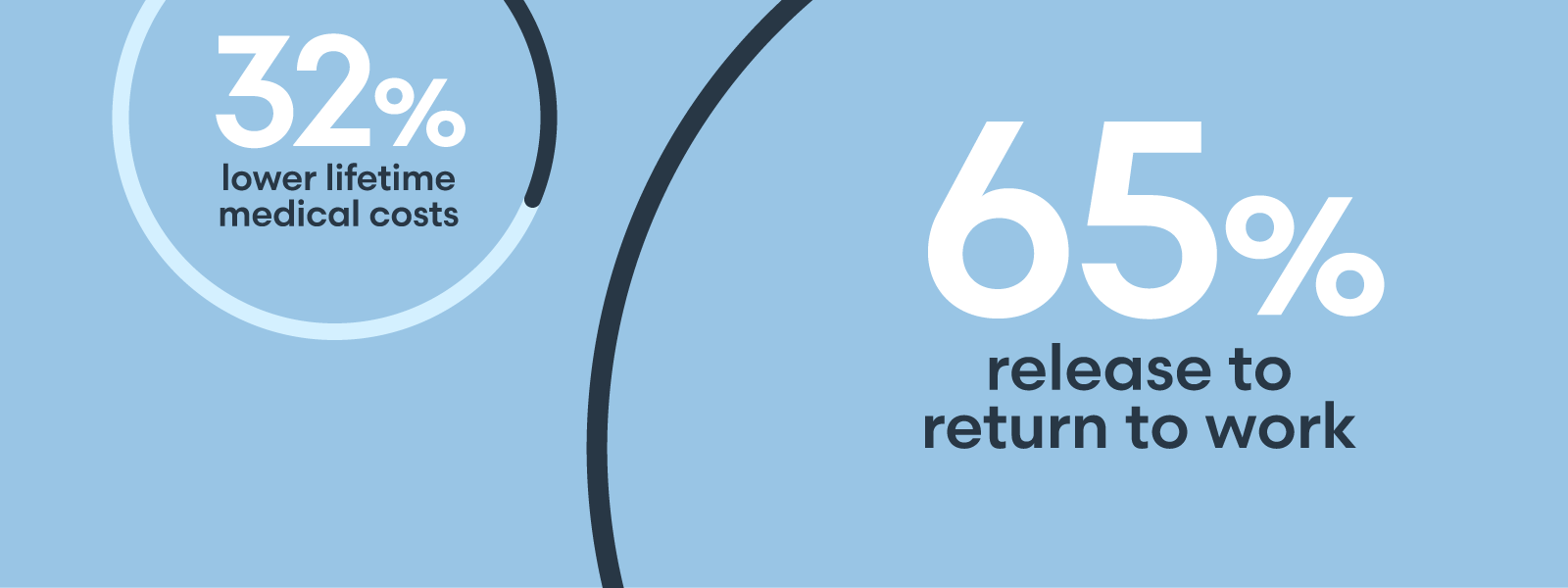

Public entities have special challenges when it comes to mitigating risks and exposures. From educational institutions to social services, utilities, emergency services and government operations, public entities perform critical services on which communities depend. At the same time, they face many of the same property and liability exposures that private-sector organizations do. Public entities have an additional challenge, however: they must retain or finance their risks with limited funds and few options for increasing their resources. In 2023, public entities are grappling with a rising cost of risk in property and liability as well as economic challenges in the form of inflation and labor shortages. Let’s consider each of these individually. Property risks. Hurricane Ian in 2022 caused direct losses for public entities in the windstorm’s path, but other trends also create other difficulties that forces property insurers to revisit their exposures and how they underwrite property risks. A longer-term trend for public entities is catastrophes are occurring in new areas. Five to 10 years ago, the United States had distinct cat zones, where underwriters priced for larger exposures. Today, however, there are not many non-catastrophe zones. Wildfire and severe convective storms, for example, are no longer contained to previously understood cat zones. That means public entities are at greater risk of property damage from catastrophe events. Casualty risks. Public entities’ casualty cost of risk is increasing, in part due to social inflation. More litigation, spurred by third-party litigation funding, and changing attitudes about levying big awards to plaintiffs are raising both defense costs and claims expenses. The nature of public entities’ services, such as law enforcement, transportation and social programs, continue to be a target for lawsuits. Cyber liability has emerged in the past few years as a particular problem for public entities, which historically have struggled to maintain their technology infrastructure. On top of these trends, unknown liabilities may arise. So-called forever chemicals, per- and poly-fluoroalkyl substances, or PFAS for short, pose health hazards that are the subject of numerous studies. PFAS are found in a wide variety of consumer and commercial products. Their name, forever chemicals, comes from the fact that these substances do not break down in the environment. PFAS have been found to have contaminated drinking water in 49 U.S. states. Economic inflation. Higher costs of goods and services are challenging organizations in all sectors, but inflation is a significant problem for public entities, which have limited means of raising funds. From a risk management and insurance perspective, inflation can lead to coverage gaps if property owners do not adjust their coverage to align with higher valuations. Higher costs of materials generally mean replacement values rise for a given item of property. During inflation, higher interest rates can improve investment returns, which takes some pressure off underwriting margins and can lead to rate stabilization for longer-tail lines. Labor shortages. Filling job openings has become difficult for employers in all sectors, and labor shortages continue to plague public entities. In 2021, a record 47 million Americans quit their jobs, in what has become known as the Great Resignation. Since then, many have been rehired elsewhere, often in jobs that permit remote work and/or provide higher wages. Public entities are challenged to compete with private-sector employers on wages and working arrangements. In the fourth quarter of 2021, for example, private-sector wage growth was 5%, nearly double the pace of government wages. What public entities can do Facing a plethora of risks and limited resources, many public entity administrators may not have clear ideas on what they can do about their situation. Fortunately, public entities can take steps to mitigate their risks and make better use of the funds they do have. These steps include: Working with experienced risk advisors and insurance partners. Managing risk effectively is a team effort. Public entities should seek the advice of agents, brokers and insurance organizations that have deep experience in serving public entity organizations. These professionals can help public entities develop creative solutions for managing and transferring risk. Committing to training. Amid labor shortages and economic challenges, it can be tempting for employees to take shortcuts in practices that could increase risks. Ongoing training for all public entity employees in risk and safety practices is a prudent investment. Keeping risk management policies and procedures updated. To ensure compliance with risk management policies and procedures, public entities should keep those standards up to date and keep them accessible. Manuals and binders with policies and procedures tend to attract dust rather than engaged readers, so periodic reminders can help keep risk management top of mind. In addition, it’s critical to have legal professionals familiar with a public entity’s jurisdiction review policies to ensure they remain current. Munich Re Specialty Insurance has been serving public entities for nearly 40 years. Working with strong partners in insurance and risk management – an insurance company with extensive knowledge of educational risks, and an experienced agent or broker – is a smart move for public entities of all sizes. For more information on Munich Re Specialty Insurance’s Public Entity Risk Solutions, please visit Lauren Tredinnick is President of Public Entity Risk Solutions at Munich Re Specialty Insurance.
The Public Entity Risk Solutions team has supported public and non-profit entities, self-insureds and pools for nearly 40 years with custom products and services that help manage risk with forward-thinking strategies.

Lorem ipsum dolor sit amet, consectetur adipisicing elit, sed do eiusmod tempor incididunt ut labore et dolore magna aliqua. Ut enim ad minim veniam, quis nostrud exercitation ullamco laboris nisi ut.
Lorem ipsum dolor sit amet, consectetur adipisicing, sed do eiusmod tempor incididunt ut labore et dolore magna aliqua. Ut enim ad minim veniam, quis nostrud exercitation ullamco laboris nisi ut. Ut ad minim veniam.
Vestibulum ante ipsum primis in faucibus orci luctus etel ultrices posuere cubilia Curae.
Lorem ipsum dolor sit amet, consectetur adipisicing elit, sed do eiusmod tempor incididunt ut labore et dolore magna aliqua. Ut enim ad minim veniam, quis nostrud exercitation ullamco laboris nisi ut.
Sed ut perspiciatis unde omnis iste natus error sit voluptatem!
Nemo enim ipsam voluptatem quia voluptas sit odit aut fugit!
Ut enim ad minima veniam, quis nostrum exercitationem ullam!

"Et harum quidem rerum facilis est et expedita distinctio!"

"Nam libero tempore, cum soluta nobis est eligendi."

"Temporibus autem quibusdam et aut officiis debitis!"